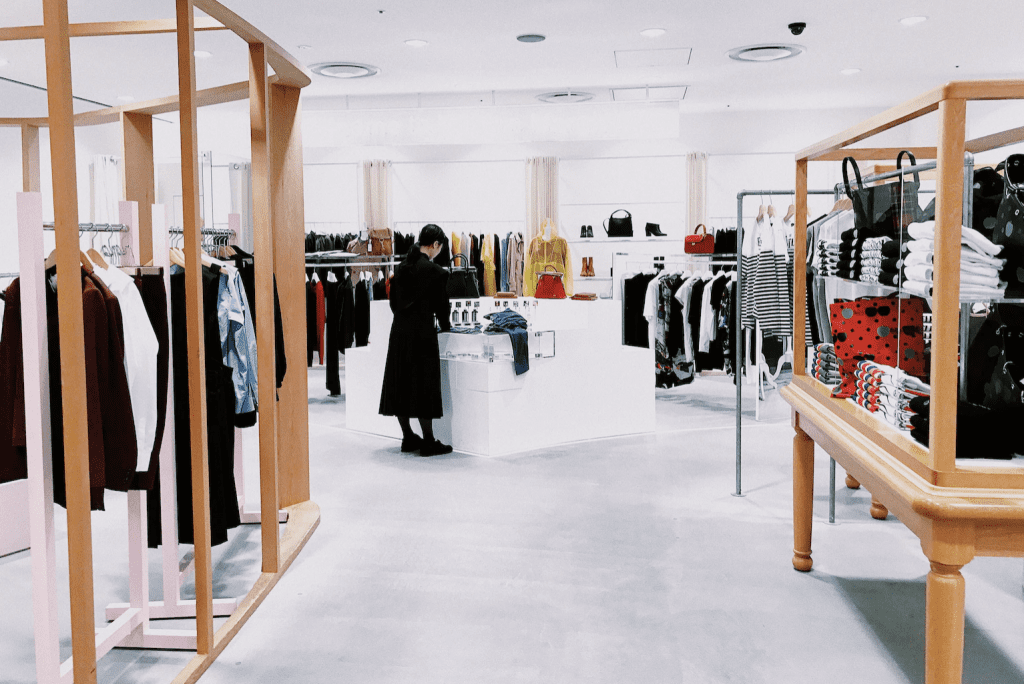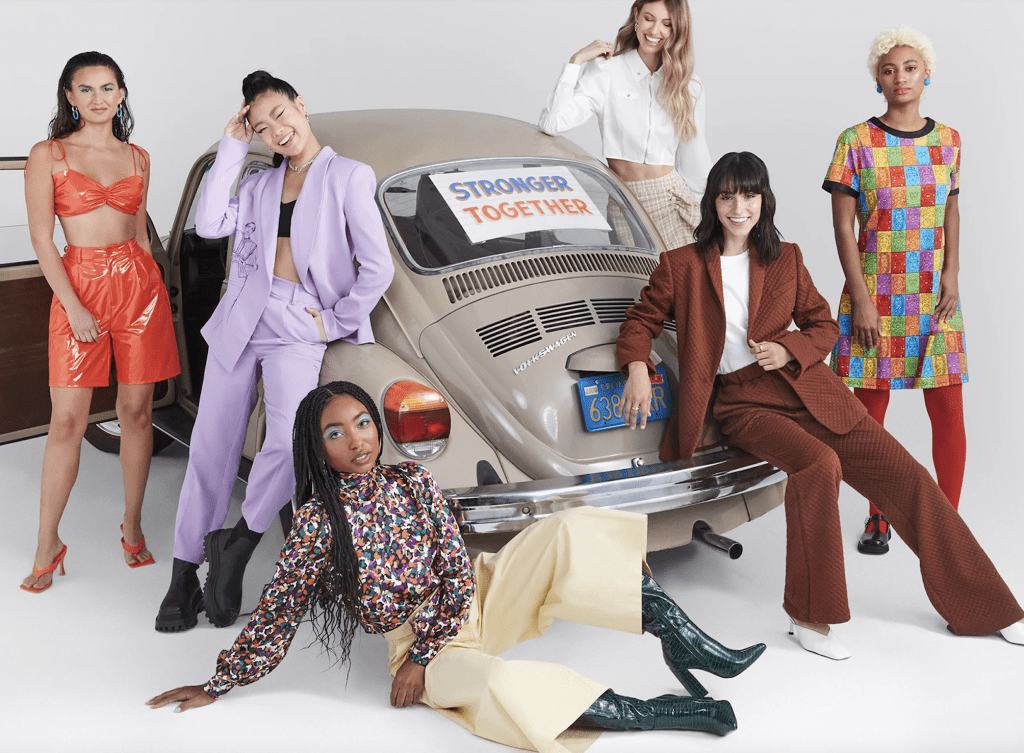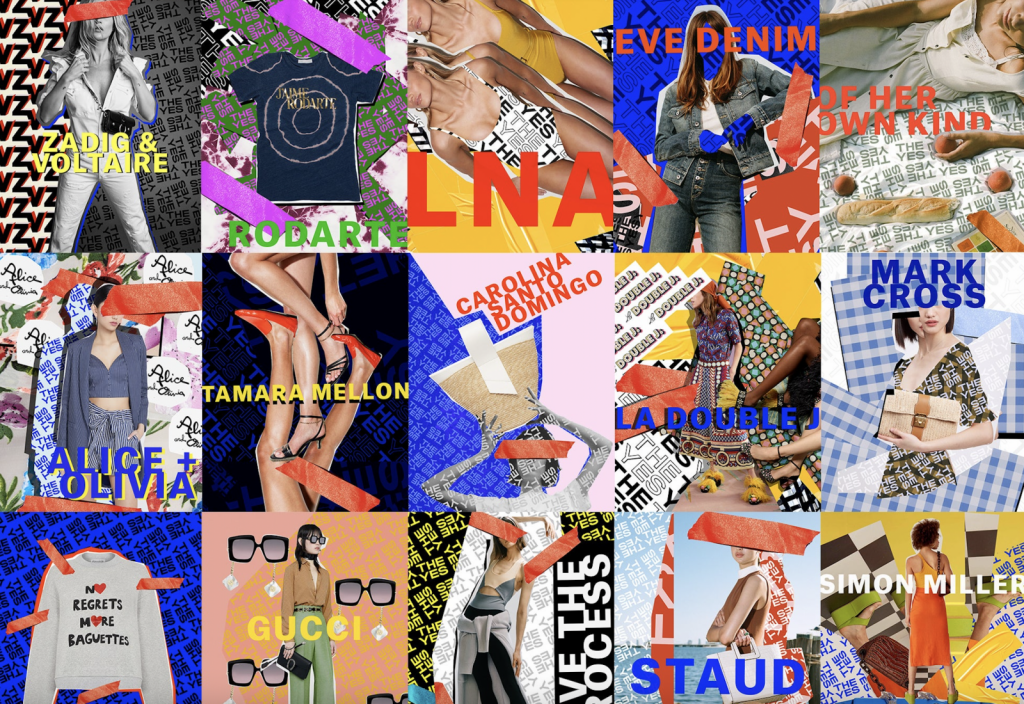Your online world is probably full of advertisements with the aim of persuading you to buy something with a simple touch of your phone. But away from the realm of e-commerce and personal phone screens, which dominated retail in the midst and immediate wake of the pandemic – from the consumption of mass-market goods to shopping for luxury offerings, retailers are actually spending a growing amount of their digital budgets to tech that is used inside their traditional brick-and-mortar stores, as in-store marketing tools have moved far beyond brightly colored signs towards a rapidly developing set of techniques and technological tools designed to get consumers to spend.
One of these tactics involves actively encouraging consumers to use their phones while in-store by providing free wifi, presenting them with QR codes, or sending shopping suggestions to them by way of social media. This approach might sound strange – surely retailers do not want consumers to be looking at their phones when they could be looking at what is on their shelves. Yet, our research suggests that, in reality, consumers being distracted can be quite profitable. We found that customers who used their phones while in-store ended up spending 40 percent more than those who did not.
We found that phone use had a considerable effect on consumers’ mental state, distracting people to such an extent that they are not fully aware of their immediate surroundings. The shoppers who had been on their phones turned out to be three times more likely to go back to a part of the store they had already browsed and left. After engaging with a personal screen, they effectively started their shopping all over again – a bit like hitting the “refresh” button on their spending experience. From a retailer’s point of view, every time a consumer uses his/her phone and then puts it away, it is as if they had just walked in the store for the first time.
Screen Time & Digital Days
Aside from encouraging consumers to engage with their personal phone screens, retailers are also making use of their own digital screens to showcase products (often several at the same time) in use. In one study, we saw that shoppers were more inspired to make a purchase if they saw a short clip of a product in use, than if they saw the same item depicted in a still image. This could be footage of a recipe being made from a range of groceries, for example, furniture displayed in a home setting or a garment or accessory being styled on or worn by a model walking down the street. Seeing products actually being used seems to add an extra dimension that shoppers find appealing. It even makes them more likely to buy multiple items to match what is being portrayed on the screen – a new pan with a new set of utensils for instance, a sofa plus the cushions and the side table, or a handbag in addition to a dress or pair of pants.
Personal selling is another powerful tool in retailing, with studies showing that handing out samples of grocery products, for example, can increase sales by as much as 3,500 percent. (The same is true for beauty samples, etc.) This comes at a price, of course, with much of the increased revenue being swallowed up by staffing costs. So, why not digitize personal selling? As part of our work, we ran an experiment which used a large vertical screen showing a recording of a person in front of the free samples. The results revealed that as much as 80 percent of the sales increase remained, even when the actual person was absent.
This idea can be developed further using a hologram or multi-sensory “mixed reality” display when a digital scene is projected onto the real-life physical world. Our study on this showed that shoppers related well to a product to an increased extent when it had been projected in front of them. In the test, we fitted sophisticated projectors to the ceiling over the ends of supermarket aisles, which then provided customers with a laser-show-style film, combined with sounds and even smells. For instance, the film might be of a pasta recipe being made, with accompanying sounds of chopping and frying, and the aroma of a tomato sauce being cooked. The visual stimulus alone boosted sales by over 60 percent for the products on show. Adding the sounds and scents increased this even more.
All of these digital devices in a physical store contribute to what we refer to as “experiential retailing.” The idea is to help the shopper see a product in use rather than just on a shelf, and also to make the whole shopping situation more pleasurable – something that retailers are readily relying on to not only lure consumers back in store post-COVID but to get them to spend more.
Jens Nordfält is a Professor of Management at the University of Bath. (This article was initially published by The Conversation.)











